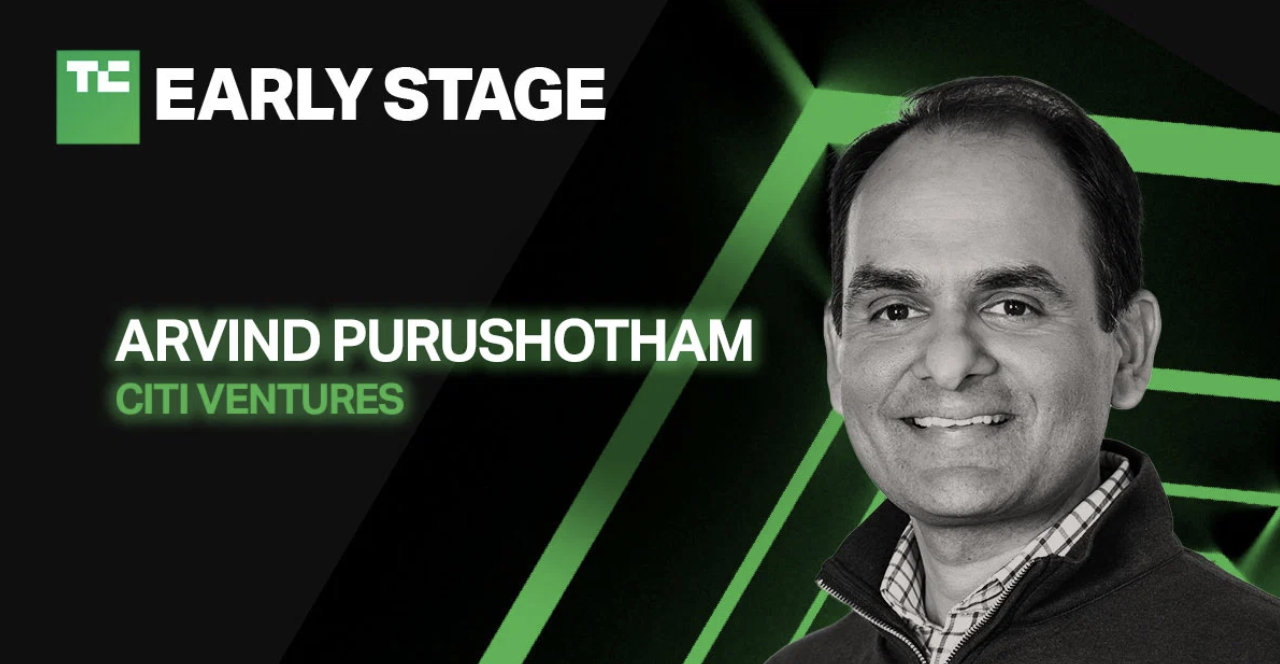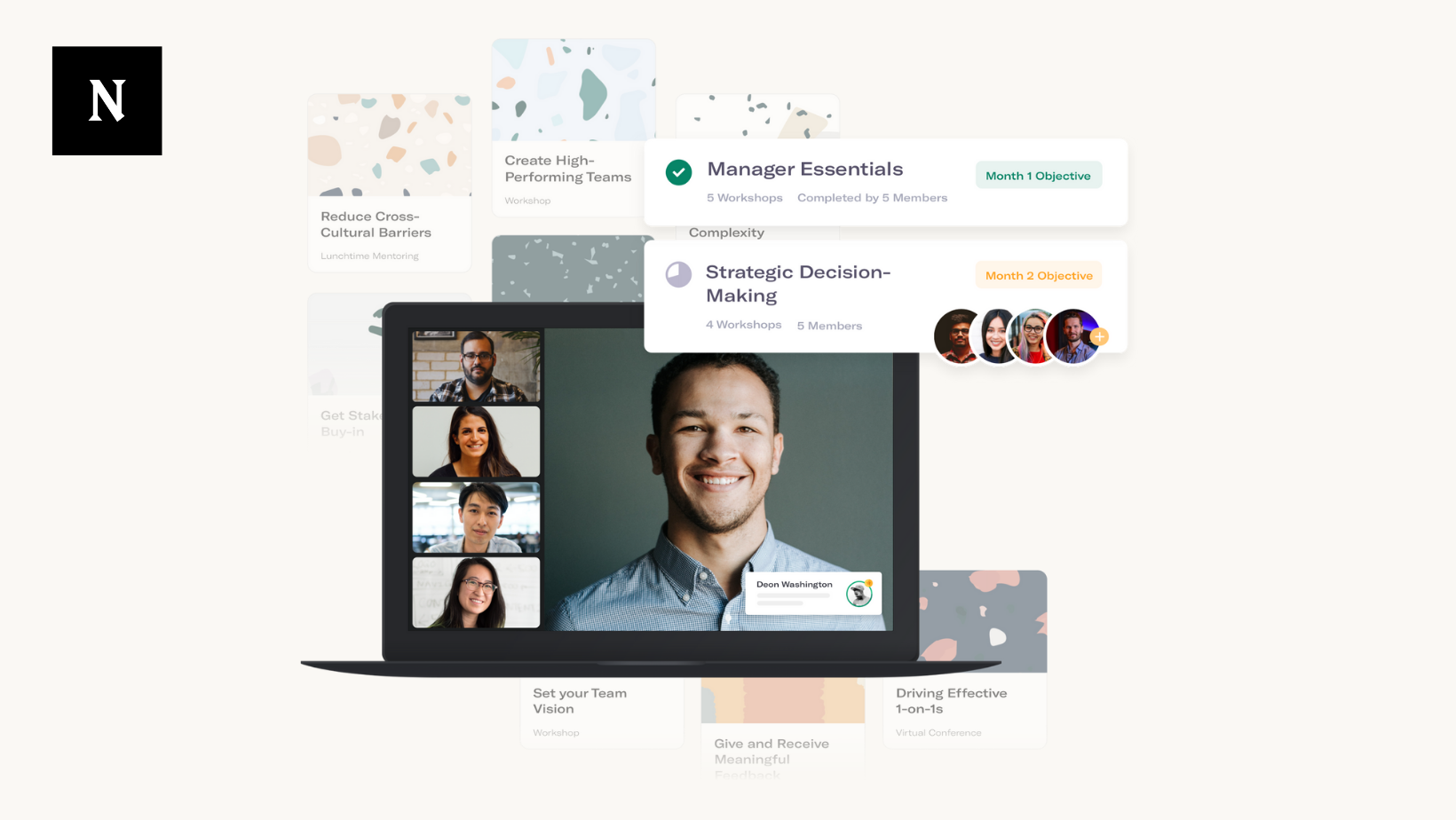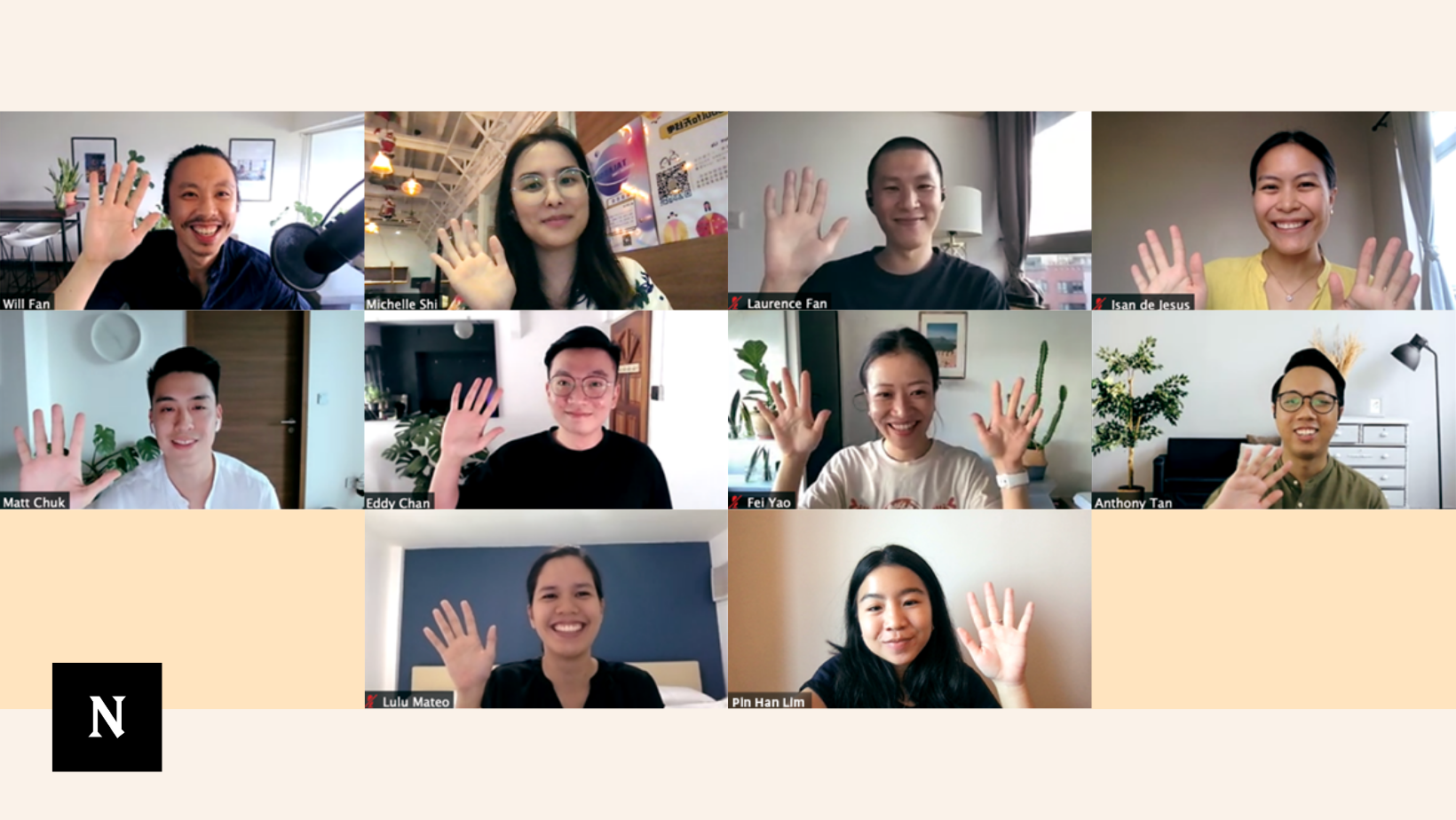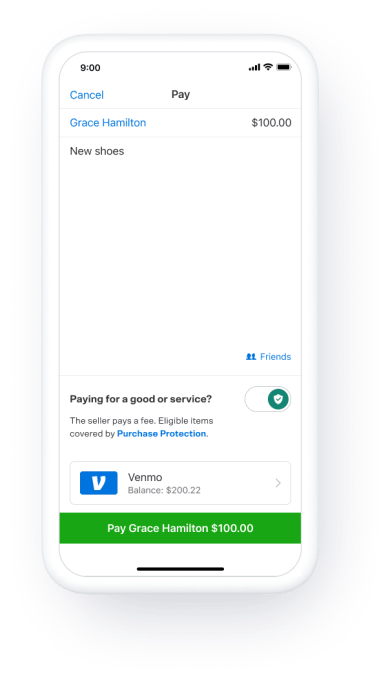- July 20, 2021
- by:
- in: Blog
Maya Moufarek, founder of Marketing Cube, spent more than 15 years working for companies like Google and American Express before launching her own growth consultancy. Today, her London-based firm works with startups around the world — and her startup clients have raved about the results, based on what we’ve heard in our TechCrunch Experts growth
Maya Moufarek, founder of Marketing Cube, spent more than 15 years working for companies like Google and American Express before launching her own growth consultancy. Today, her London-based firm works with startups around the world — and her startup clients have raved about the results, based on what we’ve heard in our TechCrunch Experts growth marketing survey.
“She’s an absolute powerhouse who knows growth better than anyone I know,” according to Alice at The Lowdown. Nikki O’Farrell of KatKin told us that “[She has an] expert ear and eye from the world of startups/scaleups and growth. Her functional and direct approach allows you to execute at speed and see results quickly.” Constance at Luko said that they “[r]eally liked her mindset, both hands-on, no bullshit while also super strategic.”
We interviewed Moufarek to get her take on lessons she’s learned from working with larger companies, how she applies them to smaller companies, her approach to optimizing her clients’ success, trends she’s seeing in growth marketing and more.
(This interview has been lightly edited for clarity and length.)
We received many testimonials about you through our TechCrunch Experts project that mentioned your direct approach and hands-on experience. How do you think those qualities contribute to your success in working with startups and forming strategies?
The truth is, a lot of the time ambitious founders and executive teams don’t have a marketing background, so they need to outsource to find the right support to deliver on huge growth ambitions — usually within very limited time frames.
“Choose a marketer or agency with no direct experience and you may simply get the wrong answer for your situation.”
In that situation, experience is everything — there’s no one-size-fits-all marketing approach for startups. Marketing strategies that help find product-market fit are very different from acquiring your first 100 customers, which is very different from scaling your customer acquisition or lead generation. There are also a lot of intricacies to this sort of role, which makes it pretty unique — choose a marketer or agency with no direct experience and you may simply get the wrong answer for your situation.
Having gained 15+ years of experience in a range of businesses — from startups to conglomerates, and experience of Series A to private equity — I’ve had the opportunity to actually apply the tried-and-tested practices of hypergrowth, as well as offer the full stack of C-level support. That’s why I founded MarketingCube.co, a boutique strategic growth consultancy for innovative startups and scaleups.
Being direct is critical, because by their very nature, startups are after fast and transformative outcomes, not never-ending presentations and lengthy processes, so a hands-on approach is crucial. You need to get straight to the beating heart of the business, understand the culture, involve the right people — and be comfortable telling founders and exec teams things they don’t always want to hear. In return, they get a solid foundation, ambitious deliverables, and the right tools to hit the ground running and continue to do so after you leave the room.
What lessons did you learn from working with larger companies such as Google and American Express that you use when working with startups?
Now, everyone sees Google as this huge company with endless products and expansive teams, but back in 2005 when I worked there, it didn’t seem like a megacompany. It was post-IPO hypergrowth, but the EMEA and emerging markets I contributed to were like regional startups within a scaleup. At the other end of the scale, American Express was a more traditional and established corporation with legacy systems and processes that was beginning to go through a digital transformation.
So the lessons learnt from these companies vary widely — but there are some universal principles that are always relevant.
One lesson — which was especially true at Amex — is to always be prepared for shifting markets that may disrupt your business. That may seem strange advice for a new startup, but the economy is volatile and things change very fast. It’s hard to prepare for every situation, but you need to have the vision and drive to lead the market, as well as the means to execute it.
In terms of CX/UX, I tell everyone I work with that less is always more. It might be a cliché, but that doesn’t mean it’s not true. By this I mean, customers want fewer clicks, fewer words and simpler, more direct steps to reach their end goal.
Google really understood that it’s essential to provide your customers with a seamless experience and to delight them throughout — after all, customers are the lifeblood of any successful business.
If your organization is truly customer-centric, it’s always possible to deliver a digital transformation successfully or adapt to a changing market. Amex has shown how a brand and business can reinvent itself many times over.
Finally, always agree on a clear set of objectives and key results (OKRs) to ensure focus, prioritization and collaboration. Agility and speed are the competitive advantages of young businesses and OKRs help deliver that, as well as create accountability.
Has a growth marketing expert made a big difference for your startup? Please share your recommendation in our survey.
When looking at your portfolio, you’ve worked with companies in various areas, like Pexxi/Tuune in health tech, YuLife in insurtech and Andjaro in HR tech. How does your approach to each client differ to make sure you’re optimizing your clients’ success in their field?
The first thing is that — regardless of their specialism — every company is at a different stage and has different needs. So asking the right questions, setting the right goals, and including the right people and teams at the start is key.
Beyond that, each business model, industry and audience has its own principles, best practices and proven strategies. For instance, in health and finance, credibility and trust are critical. Whereas for an HR SaaS brand, the challenge is all around driving adoption because the market they are creating is totally new.
So, I always start with an audit of their customer base or target audience:
- What role are they hiring the business to do?
- What problem are they solving?
- What value do they add?
I find Clayton Christensen’s jobs to be done (JTBD) framework very powerful because it’s relevant to the product, marketing and strategy teams. It’s built on the assumption that consumers don’t buy products, they “hire” solutions … and they can “fire” them just as quickly if they’re not doing the job properly. It shifts the focus away from the “ideal” customer persona to the real issue and how to solve it.
Understanding the business levers and Sean Ellis’ North Star metric is vital for growth. It’s about focusing on the metric that directly reflects the value that your company and products bring to your customers. For example, for Airbnb that may be the number of nights booked; for Spotify, minutes listened to. It’s all about simplifying your strategy into something that is digestible, memorable and applicable.
The North Star metric is not a revenue metric. Revenue is the result of the value you deliver. Not the value itself.
What do startups continue to get wrong?
All too often startups don’t truly know their audience or make the mistake of thinking that brand-building can wait.
According to CB Insights, “no market need” is the main reason startups fail, coming in at 42%. For me, this shows that too often founders do not fully understand the market potential and its alternatives, their customers’ pain points and anxieties, what’s pushing the audience away from their current solutions, and what the pull points are for the business.
This is why I really love the JTBD framework — it stops you from seeing the customer like a strict “persona” and lets you start seeing the solutions they need to find instead.
No matter what maturity stage or success level of the startup/scaleup, we often end up going back to customer insights and really stress-testing how well they know their audience to help elevate their value proposition, messaging and growth opportunities.
When it comes to brand-building, a brand really exists in the hearts and minds of consumers, which makes it hard to quantify. So founders often delay the brand-building process or laying the foundations for one. But an established brand helps increase perceived value, unlocking incredible margins or market share, depending on a firm’s pricing strategy.
Strong, effective brands are not built overnight. Many founders think that brand-building means costly advertising, which is not the case. Brand-building occurs at every interaction between a brand and its customer base across the purchase lifecycle — pre (advertising), during (how and where the purchase happens) and post (CRM, warranties, customer service).
On the other side, what are startups doing better now than ever before?
Right now, startups are working on bolder, more diverse and more impactful issues.
I started angel investing and it gave me exposure to a fantastic and wide variety of founders and innovative ideas. I have been fascinated by how far and wide founders are spread to help reshape our lives and change the future.
A few recent businesses that have inspired me are:
- FairHQ blends scientific research, data-driven insights and best practices to help you embed D&I into your business.
- Fertility Circle helps find the best tailored fertility information for parents. With one in six struggling to conceive, they connect individuals with a supportive community and provide access to expert medical professionals.
- Hapi plan empowers family and friends to invest in their children to ensure their financial security for the present and in the future.
What major trends are you seeing right now with hiring growth marketers?
I often hear founders say that “growth is the new engineering.” Tech companies have been fighting over engineering talent for as long as I can remember, and now it’s the same for growth talent.
Why?
I think there are multiple reasons: One being the lifting of COVID-19 restrictions, as businesses heavily impacted by the crisis are now hiring at the speed of light. A lot of small businesses applied the “cut deep and early” recommendations to manage their cash flow, so they now need to rebuild entire marketing and growth functions.
Thankfully, there is a lot of funding going into startups at the moment, so there has been a huge spike in demand for growth talent. Lastly, as we’ve all seen, the crisis catapulted the digitization of businesses and purchase funnels for more established businesses that now need digital growth marketing talent to help maintain their sustainability.
During times of disruption, there is a great opportunity for innovation, and from what I’ve seen, this has made hiring managers and recruiters quite creative about how they go about sourcing and attracting growth talent. Lots have expanded their geographical search thanks to remote working becoming the norm. Some even applied account-based marketing best practices by building target lists of talent and creating automated sequences to reach out to them. It’s been really interesting to see.
In your “Hiring Growth Marketers — Where to Begin” post on your website, you mention the T-shaped growth marketer. How has the shift in company’s priorities during the pandemic changed the skills that growth marketers consider essential in their T?
During the pandemic, we had two categories of businesses: (a) those seriously impacted by the restrictions and (b) those who saw a spike in demand for services, like Deliveroo and Netflix.
Those severely affected had to pivot and pivot quickly to survive. A great example is Airbnb, launching digital tours and online experiences to support their hosts and ensure they continue connecting with guests. Another is Oxwash, previously exclusively washing laundry within the hospitality industry, who shifted their business to cleaning scrubs and bedding for NHS hospitals during the height of the pandemic. By adapting, they learned to clean to clinical NHS standards and help keep a strained health service afloat. For these businesses, the flexibility and customer development were the essential elements of the T in their growth teams, as they had to build an entirely new proposition on the fly.
On the flip side, businesses who thrived through lockdown saw an increase in requirement for CRM skills and merchandising. To find the right tone to match the mood of the nation — and curate relevant recommendations or services to engage with existing and new customers — was the name of the game. Data and analytics became an essential skill to make sense of the changing behaviors, and understanding how to manage pandemic demand levels, especially as companies like Ocado early in the pandemic struggled to meet customer demand and so allocated limited slots for delivery.
The wealth of knowledge and adaptability of the growth teams in both of these types of businesses shows how valuable T-shaped marketers are to whether businesses big and small fail or succeed.



















